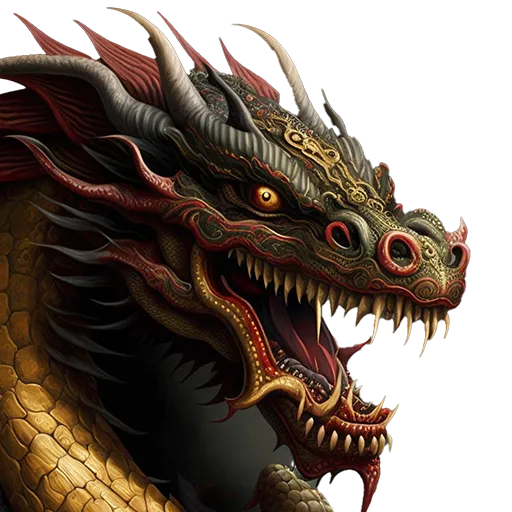Understanding the Dynamic Function and Limits of Stances
It is said that the Seat of Power in Gong Fu resides in the Legs and the Root of Power lies in your Feet.
Stance refers to the position of your legs and the placement of the feet. Stances are an essential aspect of building a solid foundation. They differ widely with each style, particularly the stances practiced in Northern Gong Fu schools compared to the stances practiced in Southern Gong Fu schools.
Stances, to be functional, must be dynamic. This means that a stance must be alive, and this liveliness rests in the energy of your feet, and, more precisely, the toes. A parked stance, one that lacks this dynamic energy, is lifeless and essentially useless.
Let us analyze the function of your toes in the Gong Bu, or Bow and Arrow Stance. Your front toes press down and back, and your back toes press down and forward. These two forces converge upward lending stability to your stance, and a vital dynamic energy that is transmitted to your strikes. You can feel this energy, but it is not seen by others.
Each stance was developed for a specific purpose, and every stance has its strengths and weaknesses. Generally, the real weakness lies in not understanding the true function and the limits of each stance and the circumstances in which it can be used. Some stances are more mobile while others are more stable. Certain stances are used only for transitional purposes.
For example, the Ma Bu, or Horse Stance, is very stable sideways but extremely weak front to back. Yet the Horse Stance is traditionally used to execute a lot of drills. The Gong Bu, or Bow and Arrow Stance, on the other hand, is very stable front to back but unstable from side to side. These two stances are often used to deliver combinations shifting from a sideward attack (Horse Stance) to a frontal attack (Bow and Arrow Stance). It is important for you to understand the purpose of these stance-training drills and remain aware of their practical functions.
Stances used in training are lower and longer than what you would use in a real confrontation where you must be able to move swiftly in any direction. This becomes evident when we practice combinations for sparring where stances are more compact and agile since mobility is essential in fighting.
The Chinese martial arts adage, “Bu Da Bu Ling, Bu Xiao Bu Wen,” whichmeans “Big Stances Are Not Fast, and Short Stances Are Not Stable,” provides further indication as to how stances function in fighting.
